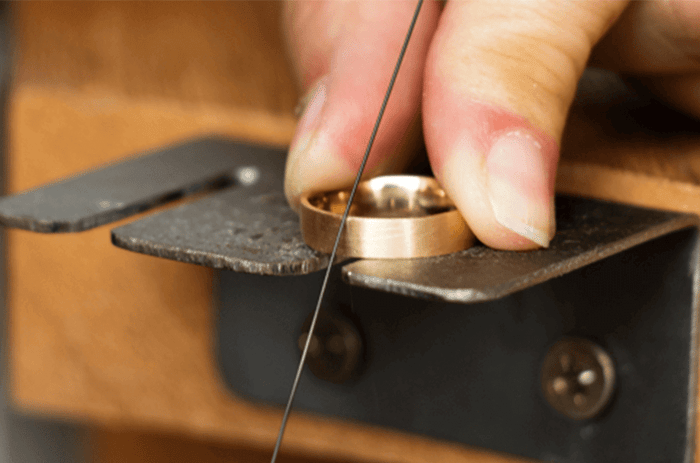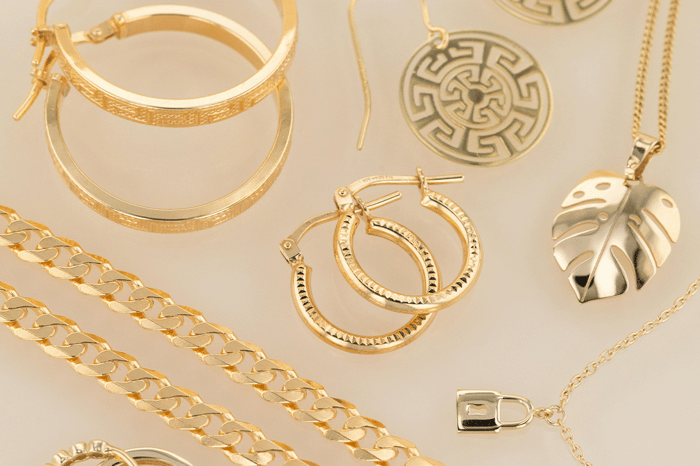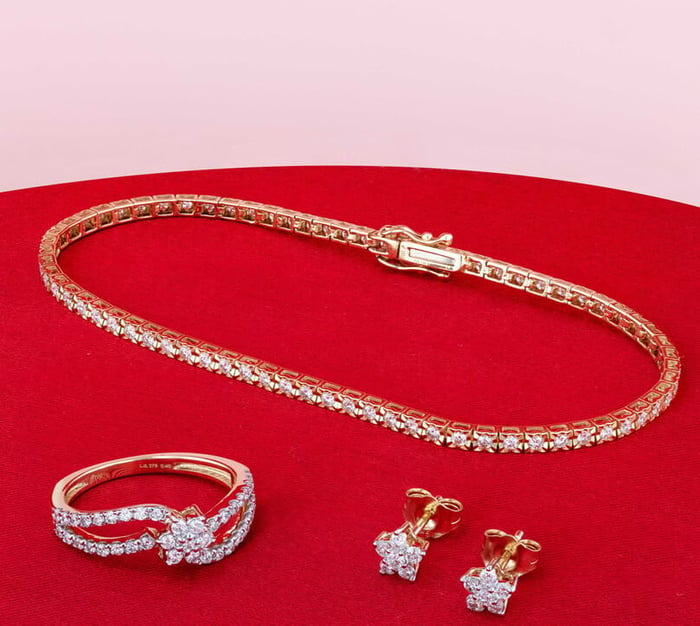What’s shimmery, shiny and always glistens? Gold, of course! With over 70 per cent of mined gold being used to create gold jewellery, there’s no wonder our fascination for gold, especially gold rings and gold bracelets, continues to grow since its first documented discovery by the ancient Greeks in 323 B.C. Whether you’re a fan of yellow gold, white gold or rose gold this blog post will help explain why gold is used to make jewellery.

Overview:
History of Gold
While gold is a scarce commodity, the precious metal has been found across all continents excluding Antarctica and though the exact date of when gold was first discovered is unknown it is said a young child stumbling upon a shiny rock in a creek is credited for introducing gold to human civilisation. Since then, gold has been embedded in cultures across the globe with many associating it with power, beauty and holiness.
Some of the first documented uses of gold occurred around 700 BC in Lydia, now present-day Turkey, where Lydian merchants created gold coins to be used as currency. These coins termed as ‘electrum’ comprised a mixture of gold and silver and assisted with helping the former Lydian kingdom amass great wealth and power up until 1200 BC. Lydia’s power and association with gold can still be found today with many referring to those with great wealth as being as ‘rich as Croseus’ after Lydia’s last king, Croesus of Mermnadae.
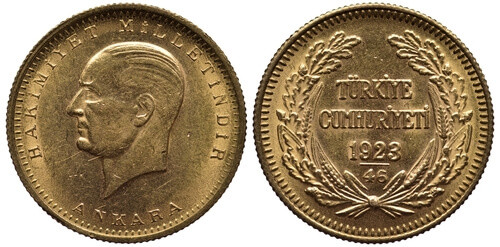
Other early examples of gold as a prized possession include the excavation of gold treasures labelled the ‘Gold of Troy’ found in Turkey. These treasures contained a slew of fine delicate gold jewellery, gold ornaments and even a gold gravy boat weighing a full troy pound which is equivalent to approximately 373 grams. It was found that these treasures dated back to around 2450-2600 BC, a time when gold was only available to the most elite and connected.
However, it’s not just the ancient Greeks and Lydian people who can be credited for discovering, mining and manufacturing gold. While documentation is limited, countries across the world have been using gold as a source of currency, sanctity and strength with the ancient Egyptians using gold on a widespread scale before 3100 BC.
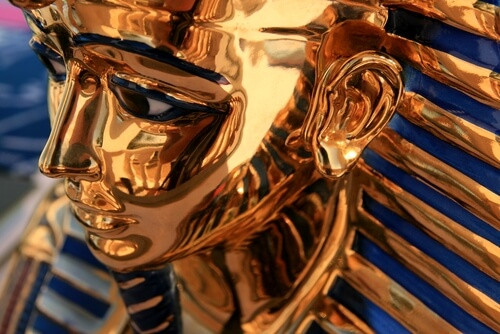
Most notably, ancient Egyptian pharaohs and queens adorned themselves with gold insisting they be buried with the precious metal for its believed connection to god, specifically, their sun god, ‘Ra’, who is considered a symbol of eternal life.
Reasons Why Gold Is Used To Make Jewellery
Incredible Lustre
So, what got us hooked on gold? Well, as the child in the creek who was stunned by the bewitching glimmer of a new found, shiny rock, it’s only right to say we were first attracted to gold for its brilliant lustre. In its original form, gold presents an alluring yellow gold sheen, and this is only heightened when gold is alloyed with other metals including silver, palladium and nickel to create white gold; and copper and silver to create rose gold.
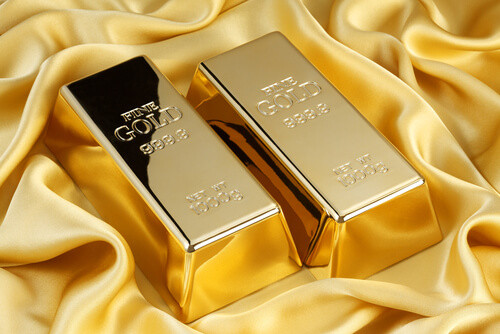
Gold Symbolism
From the ancient Greeks to Egyptians, it is well known that gold’s symbolism and association with power, abundance and success is another reason why we continue to seek gold jewellery. Generally, Greeks wore gold not only as a physical display of triumph but also as a protective measure in helping to ward off evil and malicious intent. Ancient Egyptians, on the other hand, believed gold to be the flesh of the sun god, ‘Ra’ and thus, granted immortality.
Additionally, today many Indian people can be seen wearing gold for its connection to the goddess of wealth, Lakshmi. Indians of all faiths believe gold has the ability to purify while also adorning the precious metal to mark new beginnings and significant milestones such as birthdays, festivities and weddings.
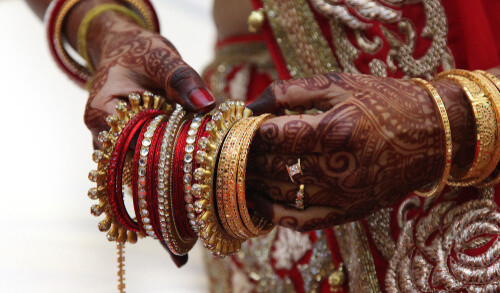
Hypoallergenic
Gold jewellery is a favoured choice among those who have sensitive skin. Due to gold being inert, meaning it is chemically inactive and thus does not have the ability to react with other chemicals including those present on our skin, gold almost always causes no irritation.
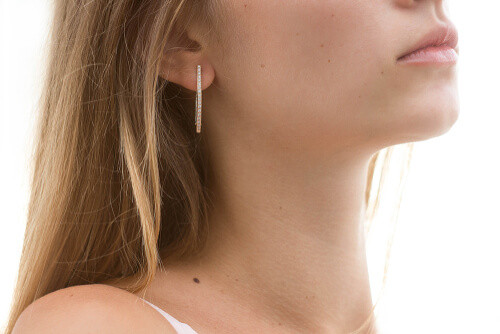
Tarnish Resistant
It is gold’s chemical composition of being inert that gives it the quality of being tarnish resistant. Generally, the greater karat of gold results in a greater resistance to tarnishing.
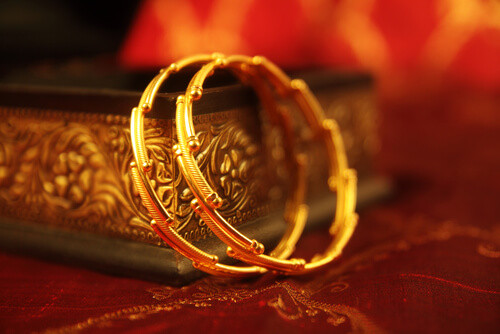
Resale value
Not only is gold sought after for its luscious appearance, but it is its high resale value that attracts consumers, often being the deciding factor as to whether one purchases gold over other jewellery items. The resale value of gold is dependent on the current market value and consumer demand however, generally one can expect to receive up to 80 percent of their jewellery’s melt value when selling.
Whether you’re a gold enthusiast, new to gold jewellery or just needed an excuse to buy some gold, you can feel assured knowing not only is gold fashionable, captivating and a symbol of power with deep historical roots, it is also a great investment.
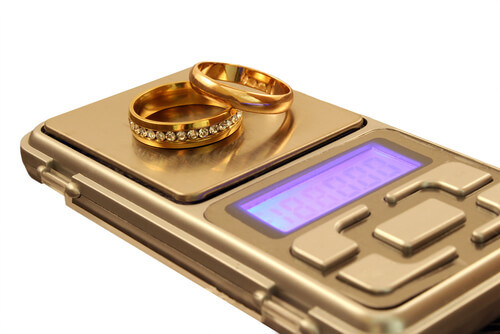
We hope you’ve learnt a thing or to as to why gold is used to make jewellery and if you’re feeling inspired or wanting to see what Shiels has on offer be sure to peruse our gold necklace collection and for those tight on money our jewellery sales has you covered. We’re confident you’ll find something that’ll catch your eye. Check out some of our favourite gold pieces below.
9ct Yellow Gold 1/2 Carat Diamond Bridal 2-Ring Set with Pear Shape Cluster

$799.00
9ct Yellow Gold 1/2 Carat Diamond Bridal 2-Ring Set with Pear Shape Cluster… read more
9ct Yellow Gold Silverfilled Fancy Twisted 30mm Earrings

$39.99
Twisted to perfection with a warm yellow gold, these 9ct Yellow Gold Silverfilled Fancy Twisted 30mm Earrings are the perfect accessory to brighten your look. These intricate gold hoops bring the style to simplicity. These have an irresistible shine, ensuring… read more
Liked what you read and want more? Or maybe you’ve got a suggestion? If so, follow our Facebook and Instagram and let us know; we’d love to hear from you!

